Leo Abrahams - Scene Memory 2 (2021)
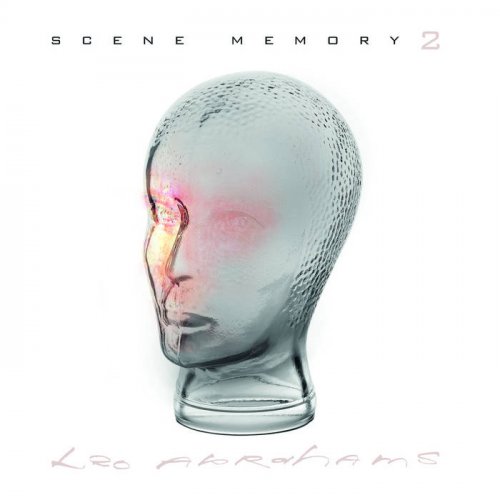
Artist: Leo Abrahams
Title: Scene Memory 2
Year Of Release: 2021
Label: Figureight – F 8025
Genre: Ambient, Experimental
Quality: 16bit-44,1kHz FLAC / 24bit-48kHz FLAC
Total Time: 38:27
Total Size: 177 mb / 398 mb
WebSite: Album Preview
TracklistTitle: Scene Memory 2
Year Of Release: 2021
Label: Figureight – F 8025
Genre: Ambient, Experimental
Quality: 16bit-44,1kHz FLAC / 24bit-48kHz FLAC
Total Time: 38:27
Total Size: 177 mb / 398 mb
WebSite: Album Preview
1. Harm Organ (04:31)
2. Tithe (05:47)
3. Grain Vinyl (02:48)
4. Spiral Trem (03:51)
5. Alternations (03:06)
6. Supplicant (03:53)
7. The Wides (02:49)
8. Troth (03:46)
9. Ruins (04:05)
10. Outpost (03:52)
“Hushed and subtle, with a terrific coiled tension”
Uncut
“Elegant pieces of music that build toward something exquisite and charming...Utterly mesmerizing”
Clash
“Leo Abrahams definitely seems to have got his head right inside the machines to produce this beauty and he's been ever-so-kind to give the rest of us a wee glimpse into the world of the machines.”
The Ransom Note
Renowned London-based musician and producer Leo Abrahams returns to figureight records for the release of beautiful new album Scene Memory II.
A profoundly skilled musician and producer, Leo Abrahams’ creative stamp represents a unique excellence. A Royal Academy of Music graduate, a collaborator of Brian Eno, Imogen Heap, David Byrne, Grace Jones, Regina Spektor, Jon Hopkins and Paul Simon (among others), a member of Krononaut with Martin France (and featuring Arve Henriksen and Matana Roberts), and a filmscore composer, Abrahams has released numerous solo albums and is credited with production, performance and arrangement on countless more. Visitations, his previous album for figureight records, a collaborative record with label boss Shahzad Ismaily, was described in review as “the meeting of two virtuosos”.
“The record grew out of an Ableton Live Set that I built for a solo tour of Siberia in 2019,” Leo writes. “I wanted to create different sonic environments in which to improvise, generating a wide variety of sounds from a single guitar source while avoiding any looping or sequencing. I found the results were most inspiring when the patches had the ability to surprise me. I was seeking ambiguity and liminality in all areas: sound, genre and mood. A live concert was sometimes a challenging environment to explore these things, and the crowd was split every night; reactions ranged from rapt attentiveness from physics students, to outright anger from people who had been expecting ‘real' guitar solos. All the pieces on the record have their seeds in that tour, but were improvised without an audience in my London studio.”
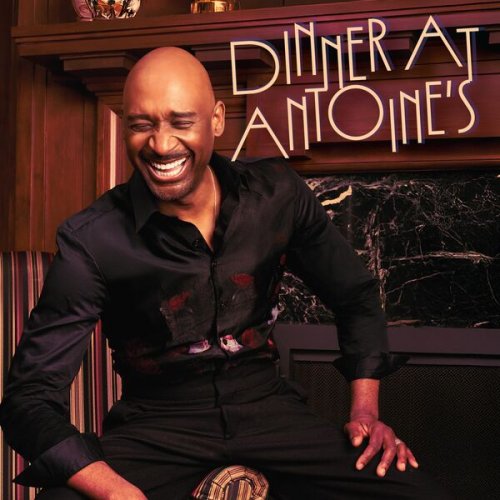
![Lionel Hampton - Apollo Hall Concert 1954 (Remastered) (2023) [Hi-Res] Lionel Hampton - Apollo Hall Concert 1954 (Remastered) (2023) [Hi-Res]](https://www.dibpic.com/uploads/posts/2025-12/1766995341_lhac500.jpg)
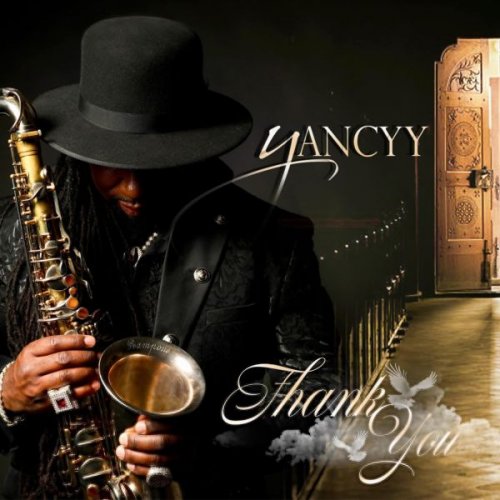
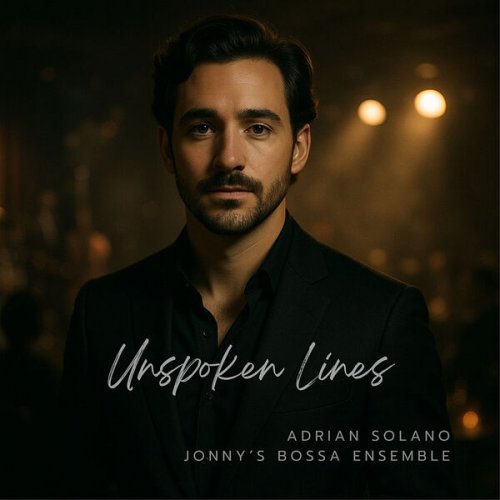
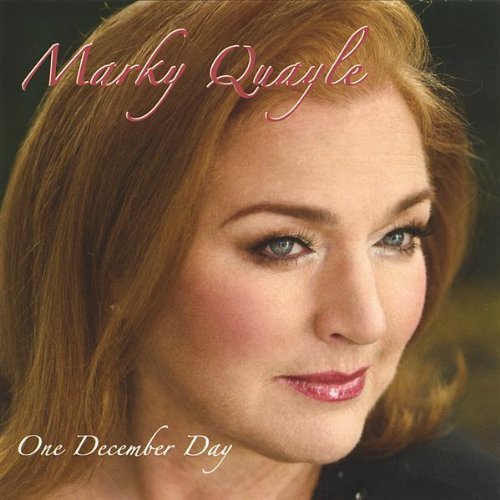
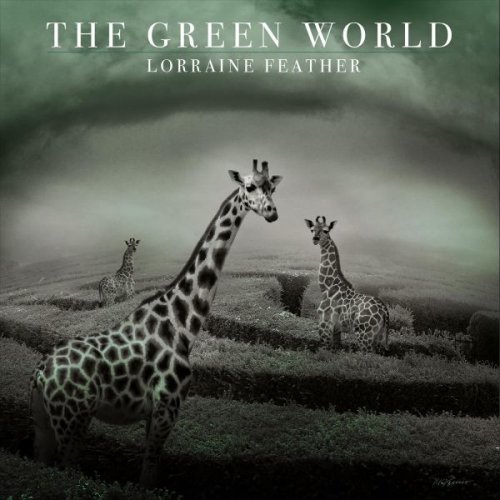

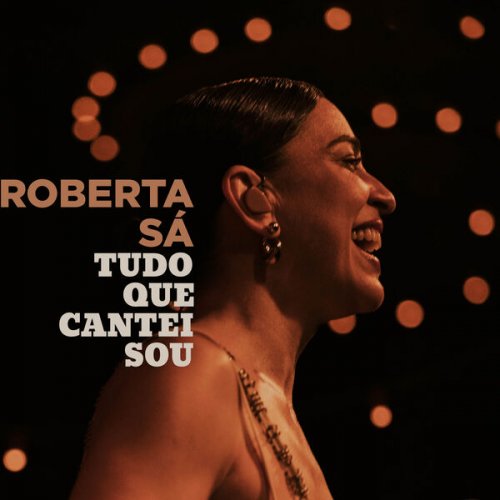
![Iosu Izaguirre Sextet - Ilusio (2025) [Hi-Res] Iosu Izaguirre Sextet - Ilusio (2025) [Hi-Res]](https://www.dibpic.com/uploads/posts/2025-12/1766936277_cover.jpg)